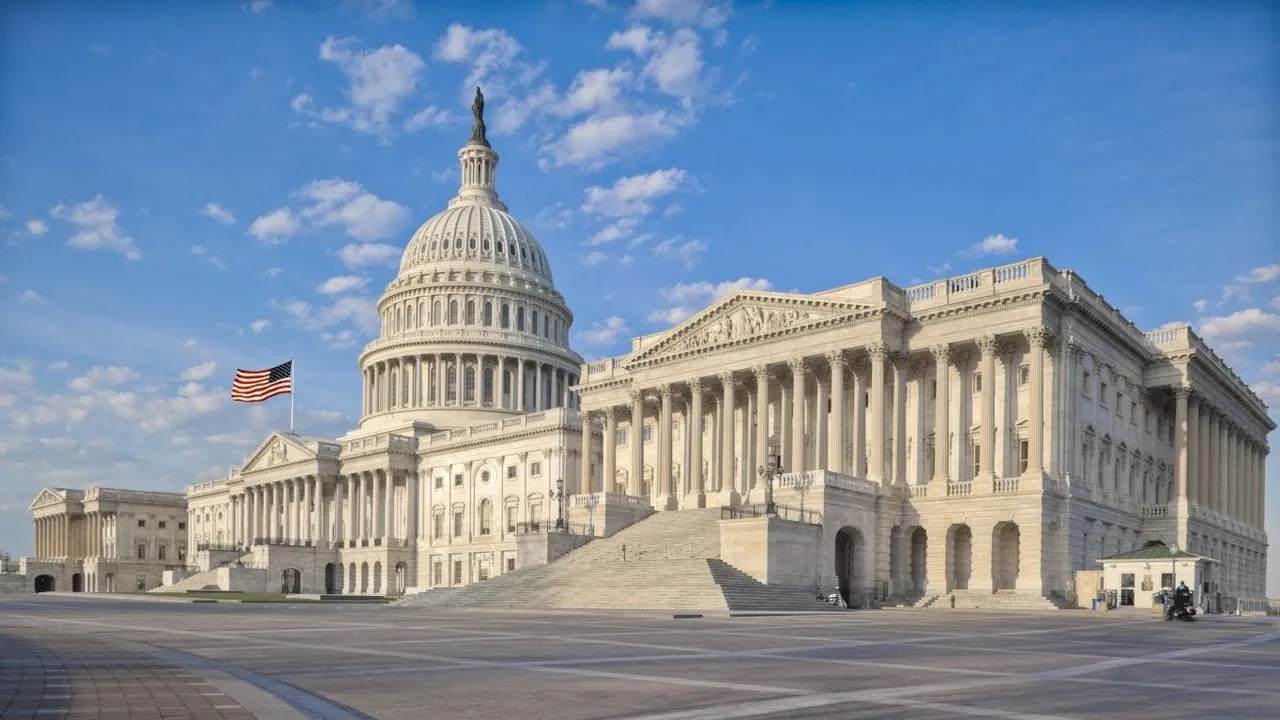
Three legislators from the United States Congress presented a bill on Wednesday that would ban stablecoins and their issuers, but would exempt stablecoins issued by federal banks. The so-called "Stable Law" was developed by Rashida Tlaib, Jesús García and Stephen Lynch.
In the document, the congressmen state that their goal is to "protect" consumers from financial threats related to cryptocurrencies. For policymakers, emerging digital payment instruments pose risks that would be related to lack of regulation and market-specific risks.
The list of requirements demanded of stablecoin issuers, or companies that work with them, includes: obtain a bank letter, follow banking regulations under existing regulatory jurisdictions, notify and obtain approval from the Federal Reserve (FED), the Corporation Federal Deposit Insurance (FDIC) and the banking agency.
All notifications should be made a minimum of six months before the stablecoin is issued. In addition, companies would have to keep funds in the Federal Reserve to ensure the convertibility of stablecoins to dollars, if they are required. Another alternative is for issuers to obtain insurance from the FDIC.
A quote from the proposal even raises the tone, warning: "It is critical not to let Wall Street and Silicon Valley own the future of digital payments, which is why Rep. Tlaib is introducing the Stable Act."
Considering the above and adjusted to the verticality of their discourse, the promoters also directly targeted companies such as Facebook, which they accused of taking advantage of financial exclusion to promote stablecoin projects. They also mention corporations like JP Morgan, Apple and Paypal / Venmo of "taking advantage of unbanked communities."
It should be mentioned that in the bitcoin ecosystem there are multiple stablecoin projects. The one with the largest market capitalization is Tether (USDT) with $ 19.5 billion. It is followed by: USD Coin with almost $ 3 billion, DAI with another 1 billion and Binance USD with $ 670 million in trading, according to CoinGecko figures.
The plan for stablecoins is called a clown
The initiative of the congressmen and the tone in which it was made known generated the reaction of Meltem Demirors, director of strategy of CoinShares and recognized in the space of cryptocurrencies, who published on his Twitter account that the project would generate the opposite effect of what you are looking to regulate.
Cryptocurrencies LOWER the cost of serving populations that have historically been excluded from the banking sector. Increasing costs and compliance obligations forces companies to cut access to unprofitable clientele. Please, no more antics, “wrote the executive on the social network.
To a greater or lesser extent, the United States Congress has sought the formula to establish higher levels of regulation for bitcoin and cryptocurrencies in general. CriptoNoticias reported in December last year that a bill that would divide cryptocurrencies into three categories was under discussion.
The so-called "Cryptocurrency Law of 2020" would distinguish between cryptocurrencies, crypto products, and crypto securities. In addition, there was talk of creating a new regulatory authority that would be made up of the Commodity Futures Trading Commission (CFTC), the Securities and Exchange Commission (SEC) and the Financial Crimes Enforcement Network (FinCEN).